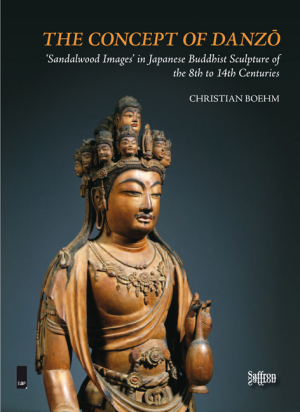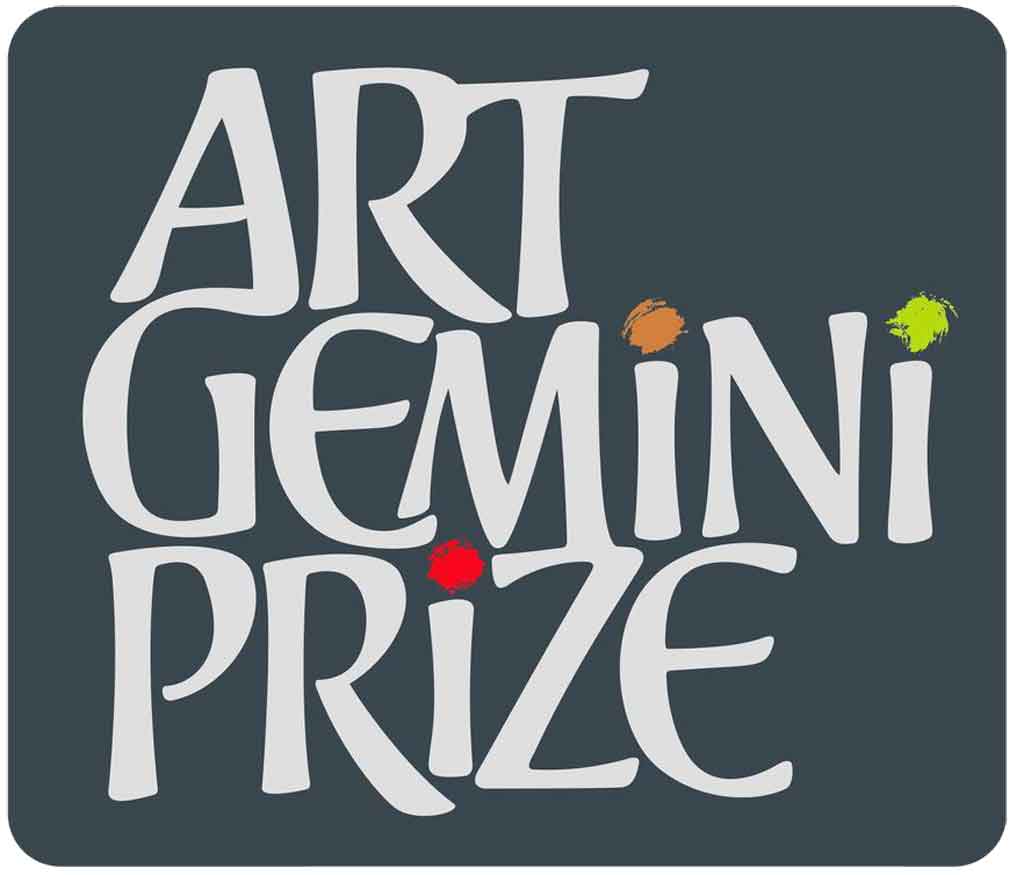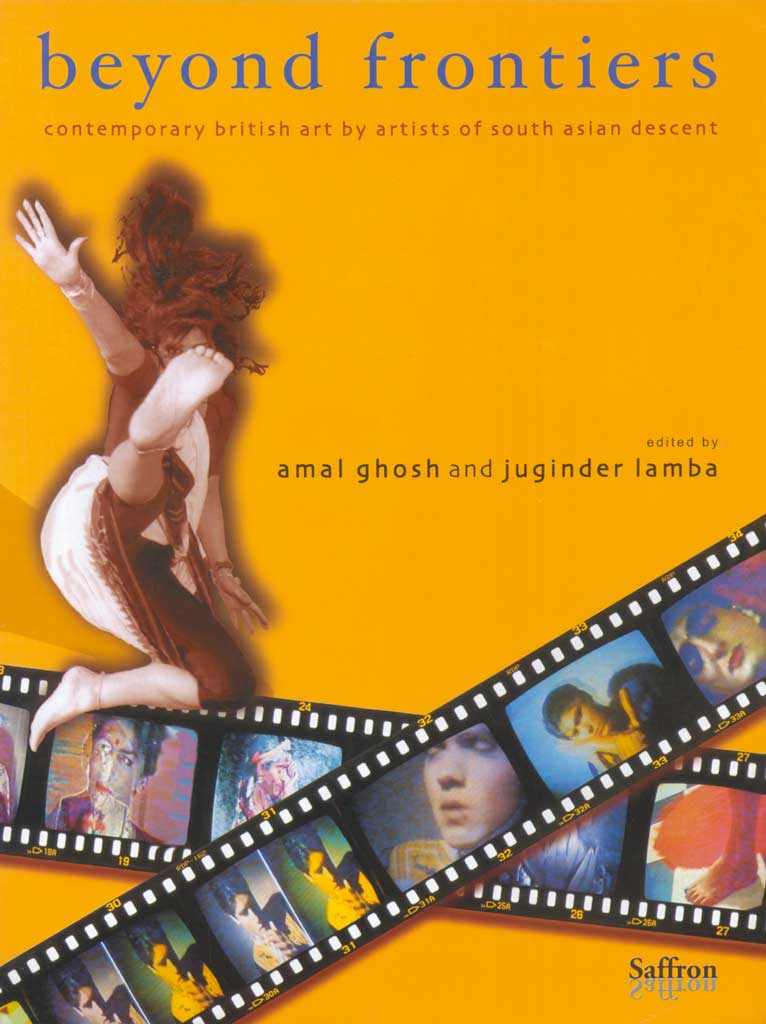Jameel Prize contenders to show works
Tens artists and designers shortlisted for the third edition of the Jameel Prize will have their work on display at the Victoria and Albert Museum, London, 11 December 2013 – 21 April 2014.
The winner among the selected 10 — Faig Ahmed, Nasser Al Salem, Nada Debs, Mounir Fatmi, Rahul Jain, Dice Kayek, Waqas Khan, Laurent Mareschal, Florie Salnot and Pascal
Zoghbi — will be announced 10 December 2013.
Awarded every two years, the GBP 25,000 Jameel Prize is a partnership between the V&A and Abdul Latif Jameel Community Initiatives. Art or design entered in the competition must demonstrate some inspiration by Islamic traditions of art, craft and design.
The exhibition will feature more than 20 works that reflect the diversity of the shortlist. The works on
show will range from Arabic typography and calligraphy to fashion inspired by the mosques and
palaces of Istanbul and from video installation to delicate and precise meditative drawings.
A series of specially commissioned short films on each artist and designer can be viewed online at
www.vam.ac.uk/channel.
The Jameel Prize 3 exhibition is curated by Tim Stanley, senior curator for the V&A’s Middle Eastern
collection, with Salma Tuqan, the V&A’s curator of Middle Eastern contemporary art and design.
The V&A announced the shortlist for Jameel Prize 3 in March 2013. Almost 270 nominations were
received from a broad range of countries including entries for the first time from Algeria, Brazil,
Kosovo, Norway and Russia. A panel of judges, chaired by V&A Director, Martin Roth, selected the
shortlist of ten artists and designers.
One of the judges, Huda Smitshuijzen AbiFarès, Founding Director of the Khatt Foundation
commented: “The shortlist features diverse and strong contemporary design work. We selected work
that could set a trend in advancing new ways of interpreting Islamic art in a contemporary context as
well as its relevance to society and its impact on generations to come. The experimental use of
material and techniques, the clarity of message, the simplicity and purity of form, the precision of
craft, and the social implications, were all taken into consideration. It is exciting to see that the
selected works although referencing traditional Islamic culture, also reflect universal design concerns
and fresh new ideas.”
The winner of the first Jameel Prize in 2009 was Afruz Amighi for her work 1001 Pages (2008), part of
a series in which she uses light and shadow to create complex and engaging designs whose precise
location can elude the viewer. In 2011 the winner was Rachid Koraïchi, for his work Les Maîtres
Invisibles (The Invisible Masters, 2008), a selection of banners embroidered with Arabic calligraphy
and a variety of symbols and ciphers that explore the lives and legacies of the 14 great mystics of
Islam.
Fady Jameel, president of ALJCI International, said, “Over the centuries Islamic culture has been known for its strong influence. Our aim with the Jameel Prize is to encourage artists globally to continue exploring the roots of Islam and the role of its traditions in the world today expressed through art, whether it is in the form of traditional or contemporary artwork, craft or design.” Buy a link on this page.
Related
The Jameel Prize 2009, by Tim Stanley | Catching up on Islamic art | What is Islamic art?








